Overview of national image building and global fluctuations
National image is the total perception and evaluation of the international public about a country, including political , economic, social (social cohesion, security and stability), cultural, geographical aspects. This is a national resource, demonstrating the overall strength and national spirit. Building a national image is a proactive, continuous process of perception to create, consolidate, adjust and promote the image to the international public.
From the perspective of international relations theory, Professor Joseph Nye - a famous American political scientist - stated that national image is the core element that constitutes "soft power". Building a national image requires effectively exploiting cultural factors, value systems and diplomatic capacity. Meanwhile, according to the constructivist perspective, national image does not only depend on material strength or national potential, but is also social, formed from the common perception and ideas of the international community. This explains why some powerful countries with great influence in the world are not positively perceived by international public opinion, while other countries are highly appreciated.
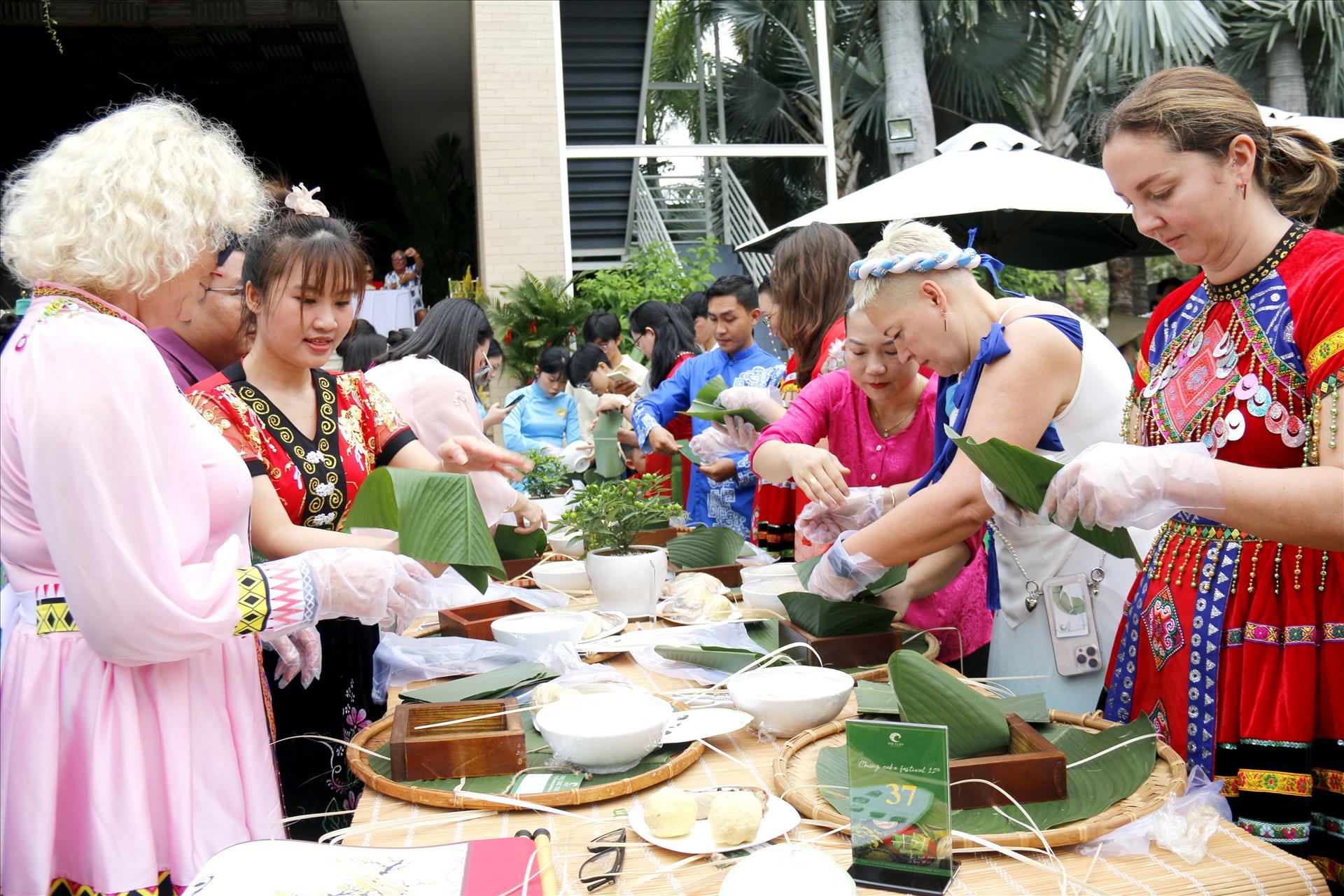
International media plays an important role in shaping the image of a country. Controlling and directing information on global media channels strongly influences how that country is perceived. In the field of international relations and international media, "the right to speak on the international stage" is considered a key factor, a communication tool, and a goal in strategic competition. A country with strong speaking rights will have an advantage in shaping and spreading its image to the world ; enhancing the position and voice of that country in the international community. However, currently, the right to speak internationally is mainly dominated by developed countries, causing many obstacles for developing countries in shaping their image and voice.
Current global trends and Vietnam's perception
The world is currently in a period of unprecedented, complex and profound change. Since the financial crisis of 2008 and into the second decade of the 21st century, the situation has become increasingly complex. The prominent trends of this great upheaval can be summarized as follows:
First, the international situation is undergoing rapid transformation and restructuring towards multipolarity, changing the global and regional balance of power. The rapid rise of China challenges the US's position as the number one power, leading to fierce strategic competition among major countries. The Asia-Pacific region, especially Southeast Asia, has become a key region where major powers compete for influence. The Russia - Ukraine conflict has impacted the structure and operation of international multilateral mechanisms.
Second, the world economic center is shifting from West to East at a faster pace. The fluctuations of the world situation such as the COVID-19 pandemic, the Russia- Ukraine conflict, the Iran- Israel conflict, etc., have accelerated this trend. Asian economies, especially China and India, have continued to grow strongly, while large economies such as the US, Europe, and Japan have lost influence (1) . In addition, the Association of Southeast Asian Nations (ASEAN), South Korea, and other emerging Asian economies play an increasingly important role in the global economy. These large-scale and fast-growing economies are the fundamental driving force behind the trends of world economic and trade development.
Third, along with the strong rise of the Asia-Pacific region in the fields of politics, security and economics and trade, the revival of Eastern civilization is also an inevitable trend. Over the past 500 years, Western civilization with its advanced and superior values has dominated all aspects of human life, while Eastern civilization has been seriously affected. The 21st century, known as the “century of Asia”, has witnessed the return of a new wave of entertainment culture from Asian countries such as Japan, Korea, China, India and Southeast Asian countries. This has promoted the revival of traditional values originating from the long-standing historical cultural foundation of the East, towards reaffirming “Asian values”.
Fourth, in the context of unpredictable changes, the world is facing the profound impact of non-traditional security issues, the boundary between traditional and non-traditional security is becoming blurred (2) . Non-traditional security issues such as climate change, epidemics, resource scarcity, transnational crime, information security, energy and food crises... are increasingly serious, threatening global stability. Current global governance mechanisms seem not to be effective enough to address the challenges, while cooperation between major countries still faces many difficulties.
Fifth, the digital revolution continues to unfold, accelerating the digital transformation process globally. The digital economy is developing rapidly, changing the labor structure, profoundly affecting all aspects of life. New technologies such as artificial intelligence (AI), metaverse, smart space, etc. are reshaping the future of humanity. This is both an opportunity and a challenge for countries to adapt and take advantage of technological advances.
Vietnam has recognized the changing trends early and clearly expressed them in Party and State documents. Documents of Party congresses, especially the 11th, 12th and 13th Party Congresses, the Socio-Economic Development Strategy 2011 - 2020 and the 10-year Socio-Economic Development Strategy 2021 - 2030, the Platform for National Construction in the Transitional Period to Socialism (supplemented and developed in 2011) have emphasized the importance of international integration and the need to adapt to world changes for national development.
The importance of national image building in the context of global fluctuations
In the face of a complex and unpredictable world situation, it is extremely important for countries to proactively build and promote their image. National image plays a key role in enhancing the position, prestige and voice in the international arena, attracting investment and promoting socio-economic development.
In terms of foreign affairs, a positive national image helps build trust, strengthen cooperation with other countries, reduce conflicts and disputes, and create a favorable environment for international integration. Global changes, although bringing many challenges, also open up opportunities for developing countries to assert their role. Hosting major international events is an opportunity for developing countries to demonstrate their responsibility, capacity and goodwill to the international community.
Internally, a positive national image contributes to strengthening people's trust in the government and the country's future, enhancing national unity and solidarity, arousing pride, patriotism and a sense of responsibility towards the community. This is an important driving force for economic, cultural and social development and enhancing the country's "soft power".
For developing countries, global fluctuations are an opportunity to take advantage of and transform challenges into opportunities, to break through and rise up. The need to raise one's voice in the international arena is becoming more important, especially in the digital age, when information and communication play a key role. For example, China took advantage of the 2008 Beijing Olympics as a global communication campaign, introducing for the first time the image of a modern, stable and influential China, creating a springboard for its international position. Meanwhile, India affirmed its image of independence and self-reliance through its effective response to the 2004 tsunami disaster along with supporting neighboring countries. In the face of fierce competition between major countries such as China and the US, Vietnam is clearly showing the image of a dynamic, internationally integrated, responsible and neutral country. By promoting multilateral diplomacy, digital diplomacy and building a "Made in Vietnam" digital platform, Vietnam proactively promotes its national image. It can be seen that the great upheaval of the world with the increase of "black swan" (3) and "gray rhino" (4) events is an opportunity to test the combined strength of each country.
Vietnam's stance on building national image
The content of Vietnam's national image
The process of building the national image in Vietnam, although still in its initial stages, is increasingly becoming an important task for the Party, the Government and the whole society. Since the second decade of the 21st century, Vietnam has been achieving remarkable economic achievements, expanding international integration and enhancing its position. In the period before the 12th Party Congress, the basic goal of building the national image is to support the international integration process, create a favorable environment for economic growth, and aim for the image of a modern country rich in cultural identity (5) .
From the 12th National Party Congress to the present, in the context of a changing world, Vietnam has continued to develop rapidly and set the goal of becoming a modern industrialized country. To enhance its position and voice in multilateral forums, our Party and State have focused on building the image of Vietnam as a reliable partner and responsible member of the international community. In particular, on the basis of the 10-year Socio-Economic Development Strategy 2021 - 2030 and the Resolution of the 13th National Party Congress, Vietnam is determined to arouse the aspiration to develop the country, strongly promote the cultural values and Vietnamese people (6) , thereby setting the goal of becoming a developing country with modern industry and high middle income by 2030 and becoming a developed country with high income by 2045, as the late General Secretary Nguyen Phu Trong once emphasized: Vietnam has never had such a foundation, potential, position and international prestige as it does today (7) .
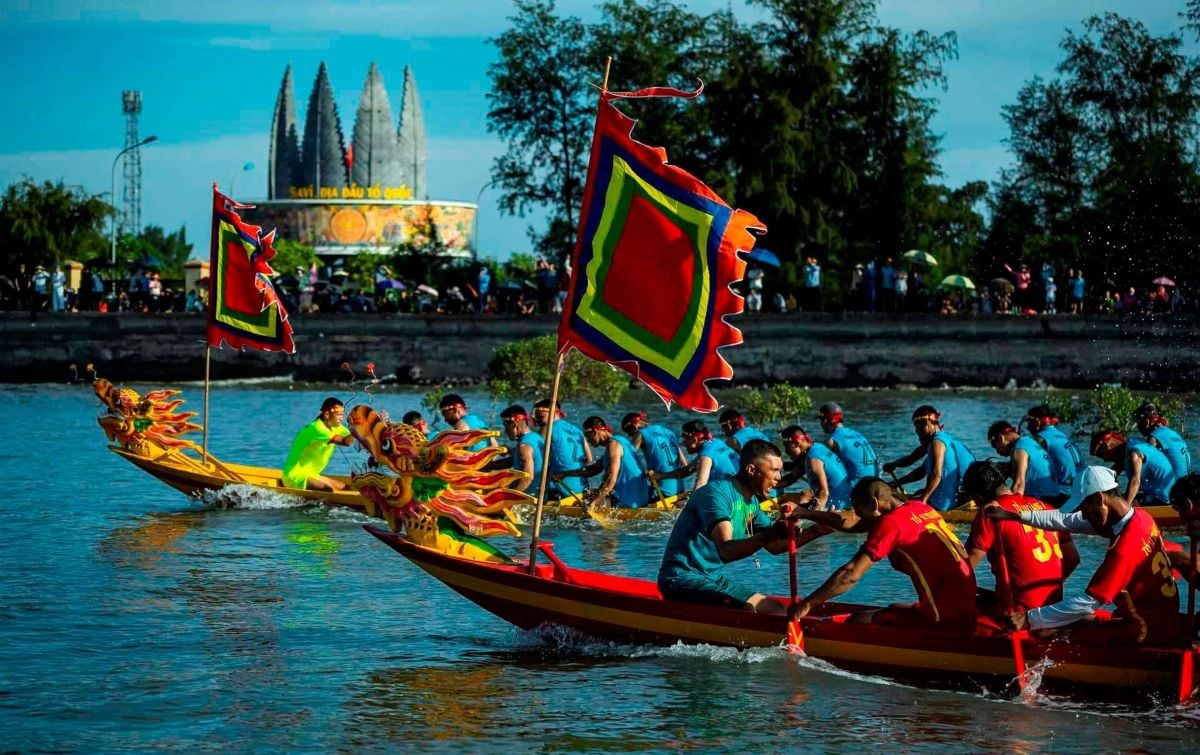
It can be affirmed that Vietnam determines its national image based on two main factors: traditional culture and the country's current appearance. Traditional culture reflects national identity, while current appearance shows the country's level of development. The process of building a national image focuses on the inheritance between the past and the present, in which the glorious history is the Vietnamese identity.
At the 26th Diplomatic Conference (December 2008) held in Hanoi, Vietnam for the first time mentioned the building and promotion of the national image. The conference identified the image of Vietnam in the past as closely associated with the struggle for national independence and freedom; in the present, it shows the image of a country rich in tradition, dynamic and integrated (8) . With this orientation, the Cultural Diplomacy Strategy to 2020 identifies Vietnam as a country with a long history, rich culture, great potential for development, with friendly and peace-loving people (9) . At the National Cultural Conference (November 2021), the late General Secretary Nguyen Phu Trong affirmed that Vietnam always maintains its heroic spirit and distinct cultural identity (10) . The Cultural Diplomacy Strategy to 2030 emphasizes that Vietnam is a civilized, safe, traditional, strongly developing country and an attractive destination to live, study and invest (11) .
In addition, the national image of Vietnam is portrayed and promoted through international tourism and media campaigns. Since 2012, the national tourism slogan has changed from “Vietnam - The Hidden Charm” in the period 2006 - 2011 to “Vietnam - Timeless Charm”, with the five-petal lotus symbol representing the country's tourism strengths (12) . By 2025, the national image promotion video Welcome to Vietnam by the Ministry of Foreign Affairs will mark an important step in introducing Vietnam to the world.
In general, Vietnam has built an image of a country with beautiful landscapes, a long history, a rapidly developing economy, a stable society, friendly people and active international integration. This image reflects national identity, and the video contributes to raising Vietnam's position in the international arena.
The basis for Vietnam to build its national image
Vietnam builds its national image based on its internal conditions and international public perception. Regarding internal conditions, Vietnam has many advantages. Geographically, Vietnam is located in an important strategic position in Southeast Asia, a bridge between the Pacific and Indian Oceans, with a long coastline and many trade gateways; helping Vietnam develop its maritime economy, attract investment and expand international cooperation, while facilitating a balanced foreign policy between major powers.
In terms of nature, Vietnam has a diverse terrain with two large deltas - the Red River Delta and the Mekong River Delta, a tropical monsoon climate and a rich ecosystem; advantages for agricultural development, especially the export of rice, coffee, seafood and eco-tourism. Vietnam has a population of more than 100 million people, a young population structure, an abundant labor force and cultural diversity with 54 ethnic groups. The combination of a golden population and a rich cultural identity helps Vietnam become a dynamic, creative and traditional country. In terms of politics, Vietnam is one of the few countries that maintains a stable socialist system. Political stability helps Vietnam attract foreign investment and create a solid foundation for socio-economic development. In terms of economy, since the country's renovation (1986), Vietnam has maintained a high growth rate, becoming one of the most dynamic economies in Asia. With strengths in agriculture, processing and export industries, and a policy of deep international integration through free trade agreements, Vietnam clearly demonstrates the image of an open economy, attracting investment and closely linked to the global value chain.
However, Vietnam has diplomatic relations with 194 countries. countries in the world, including 13 comprehensive strategic partners and active members of ASEAN, the World Trade Organization (WTO), the Asia-Pacific Economic Cooperation Forum (APEC)... An independent foreign policy, diversification and multilateralization of international relations helps Vietnam enhance its prestige, position and affirm its role as a reliable and responsible partner in the international community.
However, Vietnam's image in the international arena is still not really prominent. According to the Anholt-Ipsos Nation Brands Index (NBI), in 2022 and 2023, Vietnam ranked 51st and 47th, respectively. This is the first time Vietnam has appeared in the list of 60 countries and territories with national images ranked in the survey (13) . On the Brand Finance Global Soft Power Index, in 2021, Vietnam ranked 47/105; however, from 2022 to 2025, Vietnam's ranking decreased, fluctuating between 69/121 (2023) and 52/193 (2025) (14) . The Asia Power Index report published annually by the Lowy Institute (Australia) from 2018 to 2024 recorded that Vietnam has a stable ranking at 12-13/27 countries and territories, is assessed as possessing medium power in the region, but still behind Southeast Asian countries such as Singapore , Thailand, Malaysia and Indonesia (15) . The above figures show that Vietnam needs to make more efforts to enhance its international recognition and influence.
For countries in the Southeast Asian region, in recent years, Vietnam has been highly appreciated for its role, especially in responding to the COVID-19 pandemic. According to the Southeast Asia Situation Report 2021 of the Institute of Southeast Asian Studies (ISEAS-Yusof Ishak), Vietnam was rated by 31.1% of survey participants as the leading country in the region in disease control, second only to Singapore (16) . However, in the field of tourism, in 2024, Vietnam ranked behind Thailand, Singapore, Indonesia and Myanmar in terms of attractiveness to international tourists from Southeast Asian countries (17) .
In summary, Vietnam has many natural, economic and political advantages to build its national image, but its level of recognition and influence in the international arena is still not really commensurate with its potential. The successes in controlling the COVID-19 pandemic have helped Vietnam significantly improve its image, but to enhance its position, it is necessary to continue to promote a systematic and methodical national image promotion strategy, based on an objective view of the country's internal conditions, as well as the impressions of international friends on Vietnam's national image in the current period.
Vietnam's policies and guidelines in building national image
Over the past nearly two decades, Vietnam has implemented many policies to build and promote the national image, focusing on four main pillars: cultural diplomacy, multilateral diplomacy, people-to-people diplomacy and foreign information.
Cultural diplomacy plays a key role in promoting national identity and enhancing Vietnam's soft power in the international arena. Since the "Year of Cultural Diplomacy 2009", Vietnam has promoted activities affirming the principle of "integration but not assimilation", and at the same time using culture as a tool to support foreign relations. Cultural diplomacy strategies to 2020 and 2030 emphasize the dissemination of ideological values, national traditions and the country's image to the world. Vietnam has taken advantage of cultural and historical symbols to increase its influence. The image of President Ho Chi Minh and other historical figures of international stature has been spread as a cultural bridge. "Vietnam Day" events held in many countries, multilateral cultural exchange festivals such as the United Nations Vesak Festival, the Hanoi - Japan Cherry Blossom Festival, the International Food Festival, etc. have contributed to strengthening diplomatic relations. Besides, cultural factors are also clearly demonstrated in high-level visits of our Party and State, creating a deep impression on the international community.
Multilateral diplomacy is also an important tool to help Vietnam enhance its international position and shape its diplomatic identity in the integration period. Resolution No. 22-NQ/TW, dated April 10, 2013, of the Politburo, “On international integration” emphasized that Vietnam proactively participates in building international rules and laws, promoting and proposing initiatives and cooperation mechanisms on the principle of mutual benefit (18) . In the period of 2014 - 2015, the theme “Multilateral diplomacy - Proactively and actively integrating into the world” of Vietnam's diplomacy marked a new step forward in utilizing multilateral diplomacy to contribute to maintaining peace, stability and solving global issues (19) . The 12th Party Congress in 2016 continued to proactively participate and promote its role in multilateral mechanisms, especially ASEAN and the United Nations (20) , paving the way for Vietnam to participate in the process of building common rules of the game. By 2018, Directive No. 25-CT/TW, dated August 8, 2018, of the Secretariat, "On promoting and elevating multilateral diplomacy to 2030" - the first official document of the Party on multilateral diplomacy - identified this as a key task of the entire political system, and at the same time set the goal of Vietnam striving to play a core, leading, and mediating role in important multilateral mechanisms (21) . Being elected as a non-permanent member of the United Nations Security Council for the 2020-2021 term with a high number of votes, participating in peacekeeping forces since 2014, and being a member of the United Nations Human Rights Council are clear evidence of Vietnam's positive contributions to global issues. In the region, Vietnam plays a key role in ASEAN, successfully assuming the role of ASEAN Chair 2020 in the difficult context of the COVID-19 pandemic. In addition, the successful organization of events such as the APEC Summit 2017 and the 2nd US-North Korea Summit (2019) has gradually affirmed Vietnam as a destination for large-scale international events and a reliable mediator of the international community.
People's diplomacy, as one of the three pillars of Vietnam's diplomacy, plays an important role in building trust, expanding relations and promoting the country's image. Originating from the idea of combining national strength with the strength of the times, people's diplomacy helps Vietnam mobilize international support, promote reconciliation and strengthen international integration. Directive No. 04-CT/TW, dated July 6, 2011, of the Secretariat of the 11th tenure, "On continuing to innovate and improve the effectiveness of people's diplomacy in the new situation" identifies this as an important bridge between Vietnam and the world, helping to enhance international understanding and solidarity. Vietnam implements people's diplomacy through the Vietnam Union of Friendship Organizations, the Vietnam Fatherland Front, bilateral friendship associations, the Vietnamese community abroad and cooperation with non-governmental organizations. government,... Vietnam actively participates in the ASEAN People's Forum (APF), the Asia-Europe People's Forum (AEPF), and the World Peace Council (WPC) to gain support from the international community. In addition, people-to-people diplomacy activities are expanded through the overseas Vietnamese community, helping to spread the country's image globally.
In short, foreign information work is an important channel for Vietnam to build and spread the national image to international friends. Conclusion No. 16-KL/TW, dated February 14, 2012, of the 11th Politburo, "On the strategy for developing foreign information for the period 2011 - 2020" aims to promote the image of Vietnam to the world, while fighting against false information about the country. Subsequently, a series of documents and policies were issued such as Decision No. 368/QD-TTg, dated February 28, 2013, of the Prime Minister approving the Government's Action Program on foreign information for the period 2013 - 2020; Decree No. 72/2015/ND-CP, dated September 7, 2015, of the Government, “On the management of foreign information activities”, Conclusion No. 57-KL/TW, dated June 15, 2023, of the Politburo, “On continuing to improve the quality and effectiveness of foreign information work in the new situation” continuously demonstrate the importance of foreign information. Vietnam has always paid attention to publishing publications promoting the national image, such as promotional films Welcome to Vietnam, Vietnam - Timeless Charm, the book Charming Vietnam; expanding communication on digital platforms through the official Facebook, Twitter, YouTube channels of the Ministry of Foreign Affairs and diplomatic missions; and cooperating with international press to enhance global recognition.
Practices over the past two decades have shown that Vietnam has formed a policy system serving the building of the national image, including cultural diplomacy, multilateral diplomacy, people-to-people diplomacy and foreign information, integrated into most of the country's foreign affairs activities. The communication policy system is the framework for new policy measures in building the national image under the impact of major changes in the world in recent times./.
---------------------
(1) Vu Khoan: “A new era is gradually taking shape?”, Electronic Communist Magazine , November 20, 2022, https://www.tapchicongsan.org.vn/web/guest/tin-binh-luan/-/asset_publisher/DLIYi5AJyFzY/content/mot-thoi-dai-moi-dang-dan-hinh-thanh.aspx
(2) Bui Thanh Tuan: "Some trends of the current shift in the world economic order", Electronic Communist Magazine , February 19, 2021, https://www.tapchicongsan.org.vn/web/guest/the-gioi-van-de-su-kien/-/2018/821542/mot-so-xu-huong-chuyen-dich-trat-tu-kinh-te-the-gioi-hien-nay.aspx
(3) “Black Swan” is a concept proposed by thinker Nassim Nicholas Taleb, referring to rare, unpredictable events that have a large impact and are often only clearly explained after they have occurred. For example, the COVID-19 pandemic, the 2008 global financial crisis...
(4) “Grey Rhino” is a term proposed by Michele Wucker, referring to large, clear, easily recognizable risks that are often ignored by policymakers or society until they become real crises. For example, climate change, public debt crisis, population aging, etc.
(5) Pham Gia Khiem: Vietnam's comprehensive diplomacy in the integration period , National Political Publishing House Truth, Hanoi, 2012, p. 511
(6) 10-year socio-economic development strategy 2021 - 2030, Communist Party of Vietnam Electronic Newspaper , March 22, 2021, https://tulieuvankien.dangcongsan.vn/ban-chap-hanh-trung-uong-dang/dai-hoi-dang/lan-thu-xiii/chien-luoc-phat-trien-kinh-te-xa-hoi-10-nam-2021-2030-3735
(7) See: Documents of the 13th National Congress of Delegates , National Political Publishing House Truth, Hanoi, 2021, vol. I, p. 25
(8) Pham Gia Khiem: Vietnam's comprehensive diplomacy in the integration period , op. cit. , p. 511
(9) Decision No. 208/QD-TTG of the Prime Minister: On approving the Cultural Diplomacy Strategy to 2020, Government Electronic Information Portal , February 14, 2011, https://vanban.chinhphu.vn/default.aspx? pageid=27160&docid=98975
(10) Full text of the General Secretary's speech at the National Cultural Conference, Voice of Vietnam Electronic Newspaper , November 24, 2021, https://vov.vn/chinh-tri/toan-van-phat-bieu-cua-tong-bi-thu-tai-hoi-nghi-van-hoa-toan-quoc-907232.vov
(11) Decision 2013/QD-TTg 2021 approving the Cultural Diplomacy Strategy to 2030, Vietnam Law , November 30, 2021, https://thuvienphapluat.vn/van-ban/Van-hoa-Xa-hoi/Quyet-dinh-2013-QD-TTg-2021-phe-duyet-Chien-luoc-Ngoai-giao-van-hoa-den-2030-496071.aspx
(12) Truyen Phuong: “Vietnam - Endless Beauty”, Vietnam National Tourism Administration , January 3, 2012, https://vietnamtourism.gov.vn/post/9102
(13) Anholt-Ipsos Nation Brands Index (NBI, 2008 - 2023), Ipsos , https://www.ipsos.com/en/search?search=Anholt%20Ipsos%20Nation%20Brands%20Index
(14) Brand Finance's Global Soft Power Index (2020 - 2024), Brandirectory , https://brandirectory.com/softpower/report
(15) Lowy Institute Asia Power Index (2018 - 2024), Lowy Institute , https://power.lowyinstitute.org/
(16), (17) ASEAN Studies Centre: “The State of Southeast Asia: 2021 Survey Report”, ISEAS-Yusof Ishak Institute , February 10, 2021, https://www.iseas.edu.sg/articles-commentaries/state-of-southeast-asia-survey/the-state-of-southeast-asia-2021-survey-report/
(18) Resolution No. 22-NQ/TW, dated April 10, 2013, of the Politburo, “On international integration”, Communist Party of Vietnam Electronic Newspaper , https://tulieuvankien.dangcongsan.vn/he-thong-van-ban/van-ban-cua-dang/nghi-quyet-so-22-nqtw-ngay-1042013-cua-bo-chinh-tri-ve-hoi-nhap-quoc-te-264
(19) Ministry of Foreign Affairs: Vietnam Diplomatic Blue Book 2015 , National Political Publishing House Truth, Hanoi, 2016, p. 40
(20) Report on the assessment of the results of the implementation of the socio-economic development tasks for the 5 years 2011 - 2015 and the direction and tasks of socio-economic development for the 5 years 2016 - 2020, Communist Party of Vietnam Electronic Newspaper , March 31, 2016, https://tulieuvankien.dangcongsan.vn/ban-chap-hanh-trung-uong-dang/dai-hoi-dang/lan-thu-xii/bao-cao-danh-gia-ket-qua-thuc-hien-nhiem-vu-phat-trien-kinh-te-xa-hoi-5-nam-2011-2015-va-phuong-huong-1599
(21) Directive No. 25-CT/TW, dated August 8, 2018, of the Secretariat, “On promoting and elevating multilateral diplomacy to 2030”
Source: https://tapchicongsan.org.vn/web/guest/the-gioi-van-de-su-kien/-/2018/1162902/viet-nam-tren-tien-trinh-xay-dung-hinh-anh-quoc-gia-truoc-cac-xu-the-bien-dong-toan-cau-%28ky-1%29.aspx




















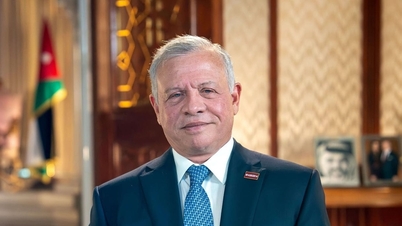


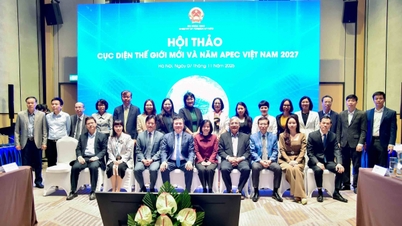





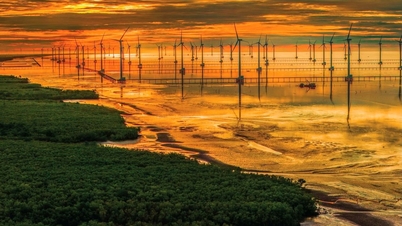

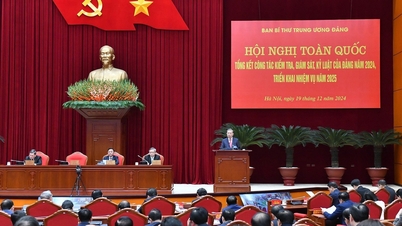

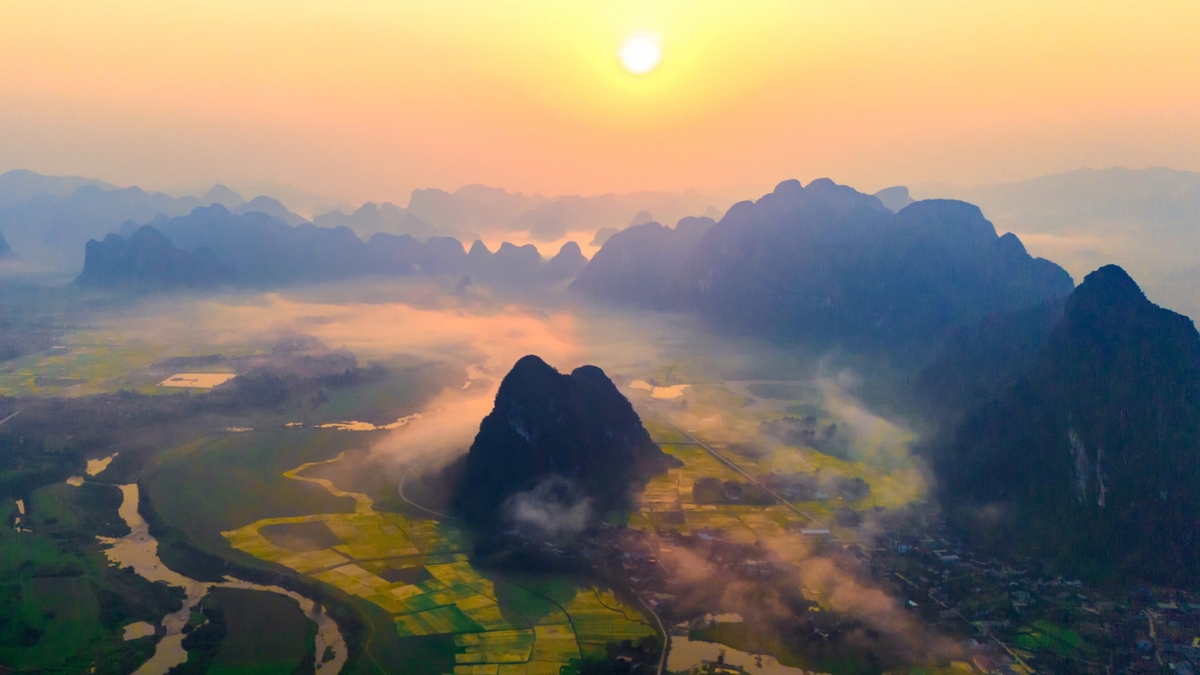









![[Video] Hue Monuments reopen to welcome visitors](https://vphoto.vietnam.vn/thumb/402x226/vietnam/resource/IMAGE/2025/11/05/1762301089171_dung01-05-43-09still013-jpg.webp)




























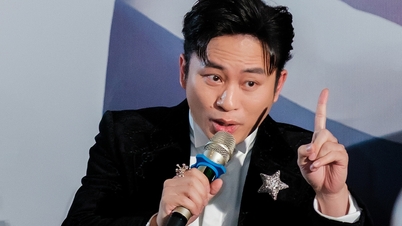













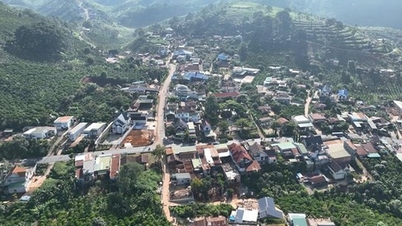




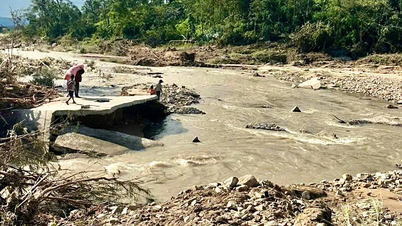



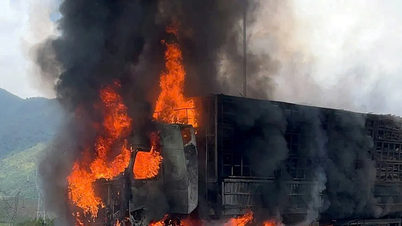
![Dong Nai OCOP transition: [Part 2] Opening new distribution channel](https://vphoto.vietnam.vn/thumb/402x226/vietnam/resource/IMAGE/2025/11/09/1762655780766_4613-anh-1_20240803100041-nongnghiep-154608.jpeg)












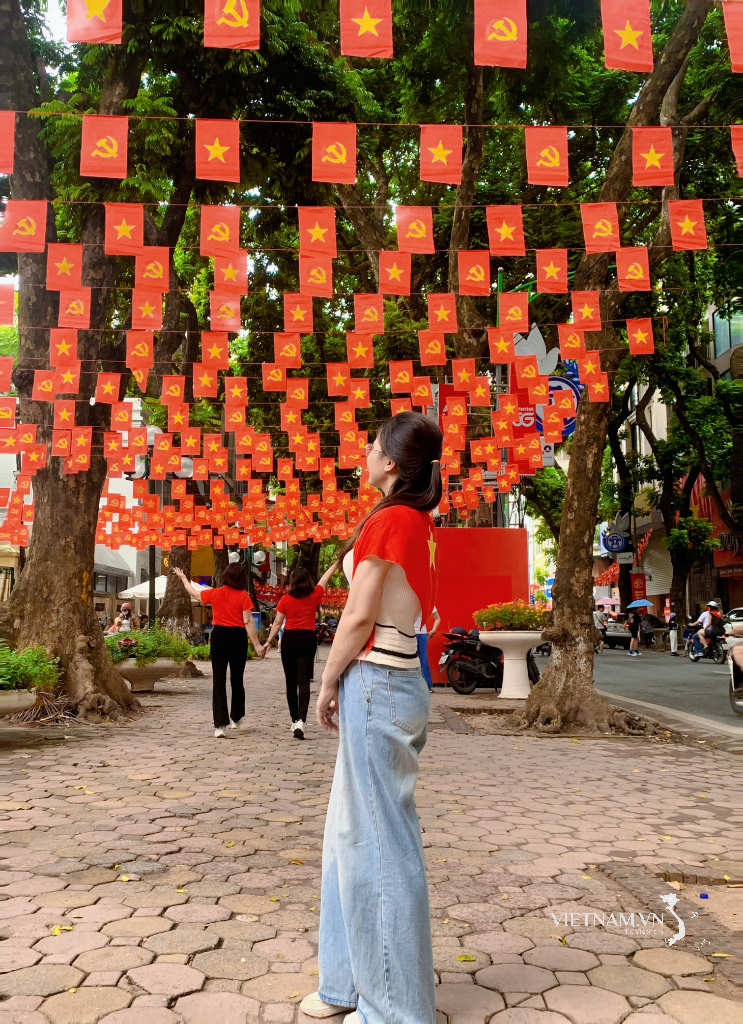
Comment (0)